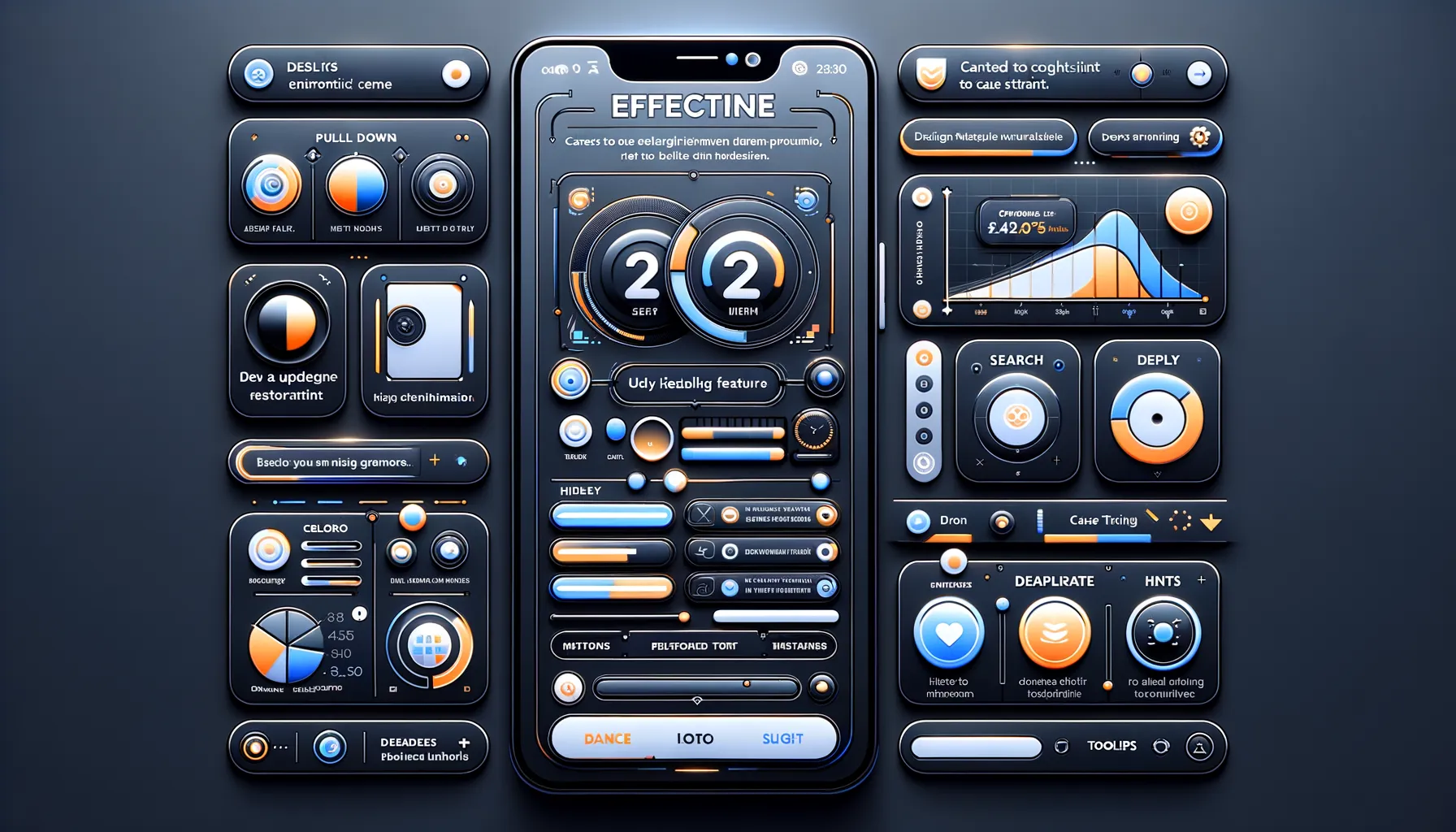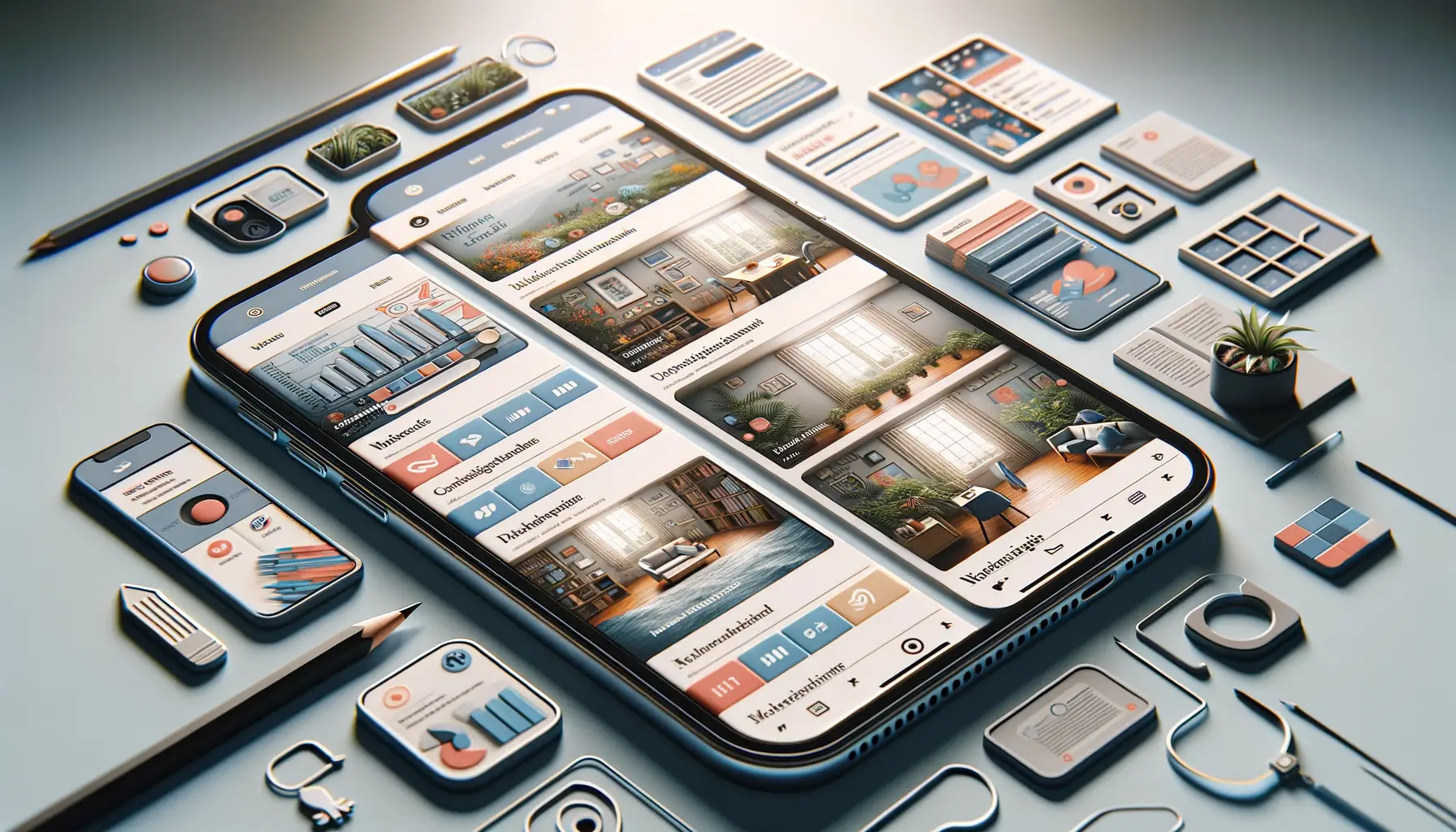Importance of Mobile-Friendly Design for Content Discovery
Why Mobile Matters More Than Ever
Picture this: You’re scrolling through your phone at a café, hunting for that perfect recipe or the latest news, and bam – a website loads like it’s stuck in 2009. Frustrating, right? This is why having a mobile-friendly design is no longer optional; it’s absolutely transformative for content discovery.
Think about how many times you’ve used your smartphone today to search for something. Phones are the pocket-sized portals we rely on every single day. If a platform isn’t optimized to deliver delightful, fast, and seamless experiences, you’ll abandon ship faster than you’d leave a buffering video.
Here’s what a mobile-savvy content interface can do:
- Empower users to explore, scroll, and click without pinching or zooming awkwardly.
- Boost performance by loading fast and adapting perfectly to small screens.
Mobile-friendly design isn’t just about shrinking things down; it’s about anticipation—knowing user needs before they do. Whether it’s a tap-to-expand menu or bite-sized headlines tailored for on-the-go readers, these details make discovery not just easy but enjoyable.
Key Features of Effective Mobile Interfaces

Design That Speaks to Your Thumbs
Mobile interfaces aren’t just about fitting information onto a smaller screen—they’re about creating an experience that feels like second nature. Imagine this: your thumb glides effortlessly across the screen, buttons are perfectly spaced, and everything you need is right where you instinctively tap. That’s the magic of effective mobile design.
At the heart of it all is **responsiveness**—an interface should adapt like a chameleon to any screen size, from a pocket-sized phone to a roomy tablet. But it’s not just about resizing; it’s about maintaining visual clarity and usability. Bright colors that pop in outdoor light, larger tappable areas for even clumsy fingers, and input fields that don’t make you zoom in 15 times? Yes, please!
- Intuitive Navigation: A well-placed hamburger menu or bottom bar keeps users grounded, never feeling lost in the digital wilderness.
- Minimal Load Times: Nobody has the patience to watch a spinning wheel—it’s all about lightning-fast responses!
Cues That Guide Without Speaking
Great interfaces whisper directions without shouting. Think of familiar icons like a magnifying glass for search or a paper airplane for sending a message. These visuals save time and eliminate guesswork. Add subtle animations, such as a button that changes color when tapped, and suddenly, the user feels a spark of reassurance—it worked!
An often overlooked hero? Typography. Bold headlines, readable fonts, and proper line spacing can transform overwhelming blocks of text into bite-sized brilliance. It’s like giving your content a red-carpet entrance.
Best Practices in Designing Mobile-Friendly Content Platforms

Prioritize Speed and Simplicity
Your users are on the move—literally. Whether they’re standing in line at a coffee shop or scrolling during their commute, your mobile platform needs to keep up. The golden rule? Design for speed and ease. Slow-loading pages? Forget it—they’ll bounce before you can say “content discovery.” To prevent this, minimize large images, avoid clunky scripts, and make sure every tap feels effortless and instant.
Nothing frustrates a user more than hunting for something that should be obvious. Think like your audience: would you rather wander through a maze or walk down a clear path? Use intuitive navigation menus with thumb-friendly buttons (no one likes accidental taps!). Bonus points if your search bar is always within reach—it’s the unsung hero of any content platform.
Get Personal (But Not Pushy)
A truly mobile-friendly platform knows its users well—like, almost BFF-level well. Personalization isn’t just a buzzword; it’s essential. With features like tailored recommendations and geolocation-based content, you can make users feel like they’re being handed a perfectly wrapped gift.
Here’s where you can shine:
- Serve up personalized “For You” sections based on past interactions.
- Enable scrolling previews or dynamic snippets for a bite-sized taste of full articles.
Striking the balance between customization and respect for privacy rules might not be easy, but when done right, it turns your platform into a trusted companion instead of a nosy stranger.
Tools and Technologies for Optimizing Mobile Experiences

Streamlining Mobile Optimization: Your New Toolbox
Creating a seamless mobile experience isn’t just a technical challenge—it’s an art. And like any artist, you need the right tools to paint a masterpiece. Luckily, there’s a growing arsenal of technologies designed to help you fine-tune every pixel and enhance every swipe.
Let’s talk frameworks. Ever heard of Bootstrap? This responsive design wizard ensures your website looks stunning on devices of all shapes and sizes. It’s like giving your content an outfit that magically adjusts itself for any occasion. Similarly, Google AMP (Accelerated Mobile Pages) works behind the scenes to load your pages at lightning speed. Think of it as turbocharging your user’s journey.
But wait—don’t forget the diagnostic side! Tools like Google Lighthouse or PageSpeed Insights are your go-to detectives, pinpointing what’s slowing you down and offering actionable fixes.
- Hotjar: Map out exactly how users interact with your app or site.
- BrowserStack: Test on real devices—no guesswork needed.
When these tools work together, magic happens. Imagine a browsing experience where frustration vanishes, and discovery feels as natural as breathing. That’s the power of optimizing mobile to its fullest.
Future Trends in Mobile Interface Design

Shaping Tomorrow’s Mobile Experiences
The mobile world is buzzing with innovation, and if you blink, you might miss it. Designers are already crafting a future where mobile interfaces feel almost alive—anticipating your needs before you even tap the screen. Imagine opening an app that seems to think, *“Oh, you’re in a hurry? Here’s exactly what you’re looking for.”* That’s where we’re headed.
AI-driven personalization is stealing the spotlight. Interfaces will soon adapt dynamically, changing layouts, colors, and content suggestions based on individual user behavior. Think of a music app reorganizing itself just because it knows you always search for mood-boosting playlists in the morning. It’s like your phone is learning your heartbeats.
- Voice-first design: With voice recognition getting smarter, users will talk more and swipe less. Say goodbye to clunky menus!
- Micro-interactions: Tiny animations that guide our eyes and actions, making every touch ridiculously satisfying.
But here’s the wildcard: the rise of augmented reality (AR). Picture scanning a street through your phone and seeing floating tags of restaurant reviews and store deals. That’s not sci-fi—it’s tomorrow’s interface magic, and it gives “mobile-friendly” a whole new meaning.
